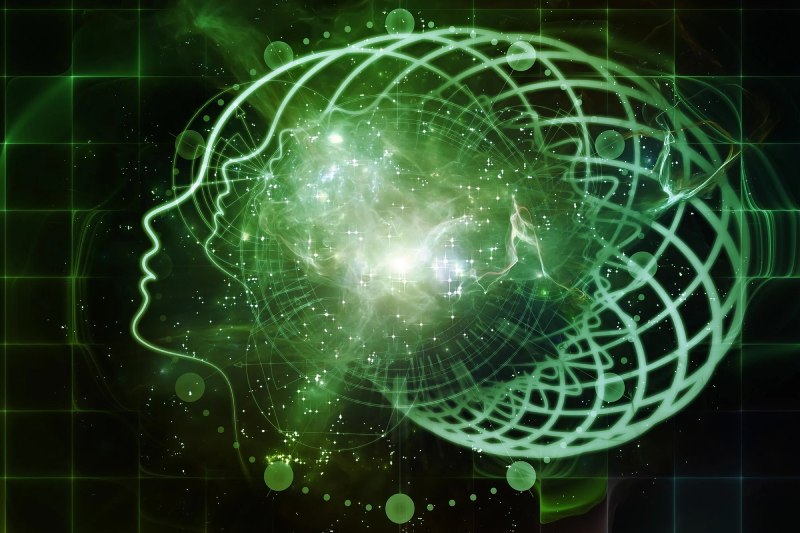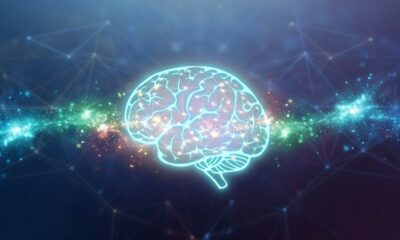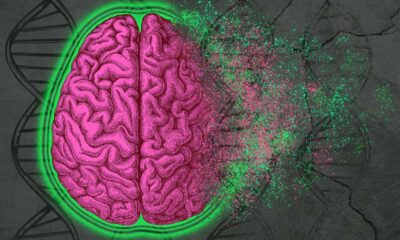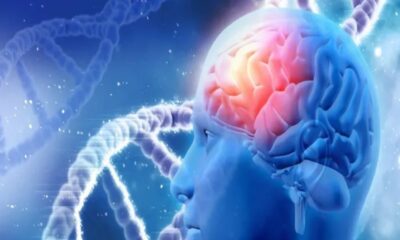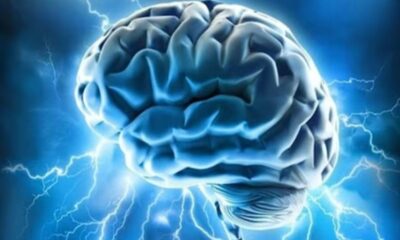Imagine a mystery alien spacecraft—unlike anything you’ve ever seen—landing on Earth. Think of the researchers involved in the COST Action The neural architecture of consciousness (NeuralArchCon) as bright engineers who are driven to unravel the inner workings of our complex brain, like a complicated starship. This spacecraft serves as a useful metaphor for the thoughts that we all have. In the midst of all of this research, though, one concern comes up: Will computers ever become conscious?
Dr. Kristian Sandberg, the NeuralArchCon Chair at Aarhus University, on his quest to unravel the mysterious relationship between our consciousness—the very fabric of our thoughts, feelings, and awareness that characterizes our existence—and the structure of the brain. Their objective? to enhance our brain’s navigation system and facilitate a more seamless transition through life. He also responds to our inquiry on the fascinating subject of consciousness and technology.
Behavioral and Brain Data
Approximately 95% of research on human neuroimaging awareness, according to Dr. Sandberg, is concerned with ongoing activity. “This is critically important work,” according to him, “but it can also be compared to trying to understand a computer without examining the components” .
One of the only significant initiatives that focuses exclusively on comprehending the connection between the brain’s hardware and conscious experience is NeuralArchCon. Comprehending this connection could be useful for disorders of consciousness as well as for mechanistic explanations of consciousness.
Researchers can now investigate a wider spectrum of conscious events and higher levels of biology than they could previously, since they are no longer limited to examining the brain underpinnings of conscious vision. Now they are starting to move towards deep phenotyping of consciousness, combining blood metabolism quantification, brain scanning, genetic profiling, and broad behavioral phenotyping.
An Additional Layer Of The Brain’s Blueprint For Consciousness
Sample size has changed significantly in the field since the Action began in 2019. In other words, how many people are required to study the brain’s architecture? More recent research indicates that hundreds or thousands of people may be required, whereas earlier studies frequently utilized only a few dozen. Of course, the quality of the data affects the sample size. Anticipating this discussion, the Action NeuralArchCon planned its project to integrate substantial sample numbers with excellent data.
Obstacles
Kristian Sandberg stated that the COVID-19 pandemic that broke out soon after the Action began posed its largest obstacle. For a network like NeuralArchCon, whose success hinged on extensive testing with human subjects, this posed special difficulties. Fortunately, in order to provide time for COVID-19 testing and/or quarantine, the Action was able to reorganize its operations and modify its plans for researcher mobility. As a result, there was significantly less disturbance and delay than anticipated when researchers were able to finish their tests in between lockdowns. “It was a massive effort, particularly by many of our early career researchers” , Kristian explains.
The Chair also recalls that setting up large-scale studies at the initial data gathering site was a challenge. The pressure to get everything up and running was tremendous because, in this instance, because we were conducting 15 trials concurrently, a bug in one meant we would have to start again. Normally, with small-scale studies, we could always go back and repair a bug and it would not be a huge concern. However, our network pulled together and figured out every unforeseen issue so we could go forward right away. The great thing was that local teams were able to overcome all the obstacles and scale up and spread to additional sites much more easily once we had everything worked out at the first data gathering site, says Kristian.
The Advances In Consciousness Research Made By NeuralArchCon
With over 1000 hours of brain scans and approximately 10,000 hours of behavioral testing from about 1000 people, the NeuralArchCon Action has put together a comprehensive neuroscience dataset on consciousness. This comprehensive resource enables researchers to work together on projects of any scale and gives them access to cutting-edge genomic and neuroimaging data. The project’s goal is to investigate many consciousness-related phenomena, such as memory, mental images, and perceptual modalities. The idea that our minds are constantly active was contested by the Action researchers, who examined the idea of “mind blanking” in a recent study. By employing functional MRI and experience sampling, they discovered synchronized brain activity that implies a distinct default mental state during mind blanking.

 General Medicine2 weeks ago
General Medicine2 weeks ago
 Diabetology2 weeks ago
Diabetology2 weeks ago
 Diabetology2 weeks ago
Diabetology2 weeks ago
 General Medicine2 weeks ago
General Medicine2 weeks ago
 Diabetology6 days ago
Diabetology6 days ago
 Diabetology6 days ago
Diabetology6 days ago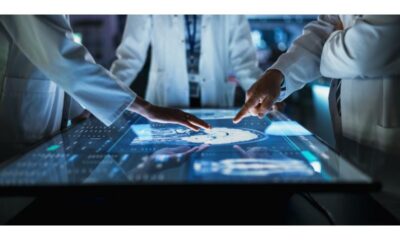
 Diabetology4 days ago
Diabetology4 days ago
 Diabetology4 days ago
Diabetology4 days ago
